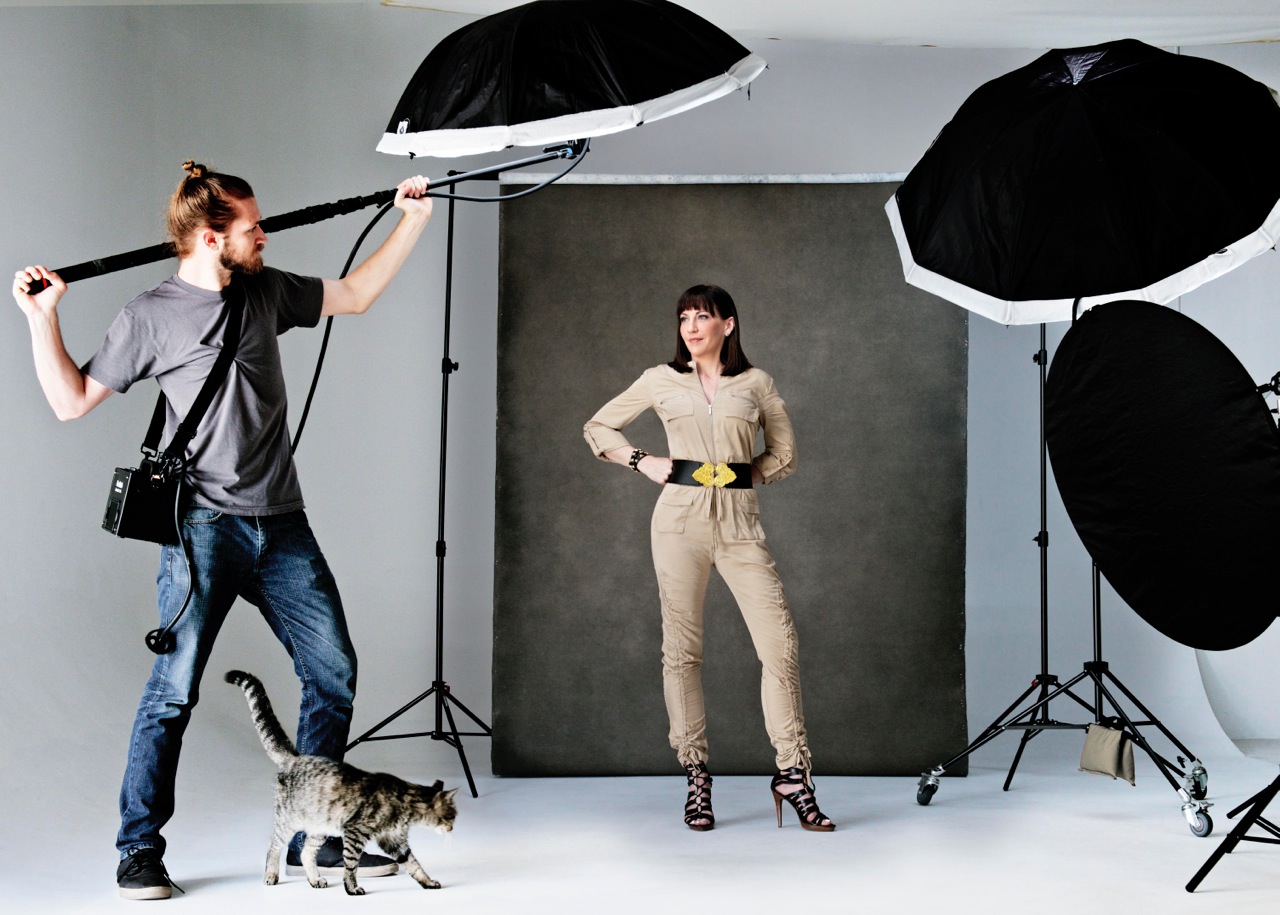How to Learn Lighting for Photography: The Complete Guide
In the world of professional photography, mastering light is essential. Light is the brush we use to paint our images, defining mood, contrast, and clarity. Therefore, understanding how to learn lighting for photography is fundamental for any serious photographer. Whether you're shooting portraits, landscapes, or products, the manipulation of light will significantly impact your final images.
Light does more than illuminate your subject; it adds depth, creates texture, and sets the mood. As you delve into the realms of natural and artificial light, you'll discover how to maximize your creativity. This comprehensive guide aims to equip professional photographers with the techniques necessary to harness light effectively.

The Importance of Lighting in Photography
Before diving into how to master lighting, its crucial first to understand why it holds such significance in photography. Lighting can make or break your photos.
Notably, poor lighting can lead to washed-out images lacking detail. Conversely, good lighting can elevate your images to an artistic level. For a deeper insight into why lighting is so vital, check out this article on lighting importance.

Navigating Different Lighting Conditions
Understanding the various lighting conditions is pivotal in developing your photographic style. Here are some common lighting scenarios:
1. Natural Light
Natural light varies throughout the day and creates different moods. The golden hour, just after sunrise and before sunset, is favored for its soft, warm light. Midday sun can be harsh but creates interesting shadows. To learn how to make the most of natural light, explore resources that cover natural lighting setups.
2. Artificial Light
Artificial lighting provides you with control over your shooting environment. From simple reflectors to advanced studio lights, knowing how to use these tools is essential. Understanding softboxes, LED panels, and speedlights will create professional-grade images. A great starting point is this piece about beginner lighting techniques.
3. Mixed Lighting
In many scenarios, you will encounter mixed lighting, where different light sources combine. Recognizing how to balance these diverse light sources can lead to striking results. To develop this skill, practice with various light setups.

Mastering Lighting Techniques
Now that you understand the types of lighting, it's time to get into some techniques.
1. Using Reflectors
Reflectors bounce light back onto your subject, filling in shadows and enhancing overall visibility. They come in various colorswhite, silver, and goldeach creating different effects. Conduct experiments using reflectors to see their impact on your photographs.
2. The Importance of Direction
The direction from which light hits your subject can create different effects. Backlighting can create silhouettes, whereas side lighting emphasizes texture. Learning to manipulate light direction requires practical experimentation.
3. Mastering Exposure Triangles
Mastering exposure settingsaperture, shutter speed, and ISOallows you to control light effectively. These elements work together to create well-exposed images. Familiarize yourself with the exposure triangle, as it helps you adapt to varying lighting situations.

Practical Exercises to Improve Your Lighting Skills
Practice is key to understanding lighting. Here are some practical exercises you can do:
1. Photowalk During Golden Hour
Choose a location and practice taking photos at multiple angles during the golden hour. Observe how the light interacts with various scenes.
2. Experiment with Studio Lighting
Set up a mini studio at home to play with different lights. Create portraits using a mix of soft and hard light. Understanding studio lighting is crucial; this guide on studio lighting provides valuable insights.
3. Revisit Old Photos
Review your previous work to examine the lighting. Identify what worked and what didnt, and plan how you might adjust your lighting techniques in the future.
Frequently Asked Questions
1. What are the key elements of good lighting?
Good lighting involves understanding the direction, intensity, and color of the light. The skill to manipulate these factors determines the quality of your images.
2. How can I improve my photography lighting skills?
Practice different techniques, experiment with various setups, and learn to evaluate lighting conditions. Resources and tutorials can be immensely helpful.
3. What equipment do I need for studio lighting?
A basic studio setup involves softboxes, reflectors, and adjustable stands. Once you're comfortable, consider investing in more advanced lighting equipment.
As an Amazon Associate, I earn from qualifying purchases.

